Tag: study
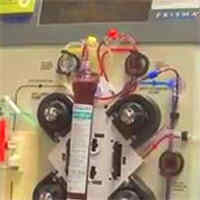
Continuous RRT in Critically Ill Children
The survival rate of patients received continuous renal-replacement therapy (RRT) treatment in our center has improved over past 10 years, and some changes have taken place during these periods. Among them, early initiation... read more

COVID-19: Limitation of Life-sustaining Treatment and Patient Involvement in Decision-making
Life-sustaining treatment limitation decisions were made for 18% of a COVID-19 patient cohort. Hereof, more than a third of the decisions had been made before hospital admission. Many records lacked information on patient... read more

UK 28-Day Mortality Trends of COVID-19 Patients
There was a marked deterioration in outcomes for patients admitted to critical care at the peak of the second wave of coronavirus disease 2019 in United Kingdom (December 2020–January 2021), compared with the post-first-wave... read more
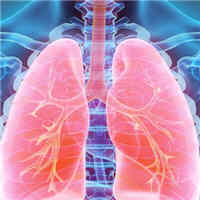
Cancer Clues In A Drop Of Blood
New diagnostic blood test paves the way for early stage lung cancer screening. A diagnostic blood test may provide early detection of lung cancer in asymptomatic patients, according to a new study. Lung cancer, the leading... read more

Rapid Screening of Critically Ill Patients for Low Plasma Vitamin C Concentrations Using sORP
Hypovitaminosis C and vitamin C deficiency are common in critically ill patients and associated with organ dysfunction. Low vitamin C status often goes unnoticed because determination is challenging. The static oxidation... read more
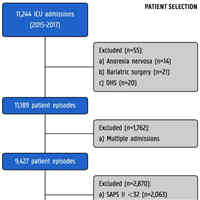
The Obesity Paradox in Critically Ill Patients
A causal inference approach that is robust to residual confounding bias due to model misspecification and selection bias due to missing (at random) data mitigates the obesity paradox observed in critically ill patients, whereas... read more
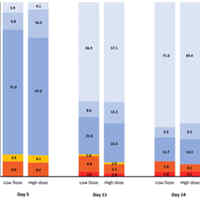
Effect of High vs. Low Dose of Dexamethasone on COVID-19 Pneumonia Patients
Among hospitalised COVID-19 patients needing oxygen therapy, high dose of dexamethasone reduced clinical worsening within 11 days after randomisation as compared with low dose of dexamethasone. Further studies are necessary... read more

Intubation Practice and Outcomes Among Pediatric Emergency Departments
While tracheal intubation (TI) characteristics vary between pediatric Emergency Departments and ICUs, outcomes are similar. Shock and limited mouth opening were independently associated with adverse TI events in the Emergency... read more

Obesity, Inflammatory and Thrombotic Markers, and Major Clinical Outcomes in Critically Ill Patients with COVID-19 in the US
In critically ill patients with COVID-19, higher BMI was not associated with death or thrombotic events but was associated with a greater risk of ARDS and AKI-RRT. The lack of an association between BMI and circulating... read more
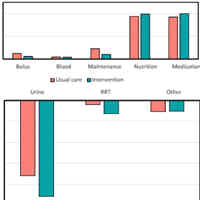
Feasibility of Conservative Fluid Administration and Deresuscitation vs. Usual Care
A strategy of conservative fluid administration and active deresuscitation is feasible, reduces fluid balance compared with usual care, and may cause benefit or harm. In view of wide variations in contemporary clinical... read more
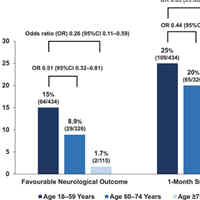
Neurological Outcomes in Patients with OHCA who received ECPR
Little is known about the difference in outcomes between young and old patients who received extracorporeal cardiopulmonary resuscitation (ECPR) for out-of-hospital cardiac arrest (OHCA). Therefore, we aimed to investigate... read more
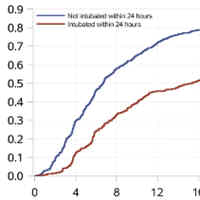
Outcome After Intubation for Septic Shock with Respiratory Distress and Hemodynamic Compromise
Intubation within 24 h of sepsis was not associated with hospital mortality but resulted in fewer 28-day hospital-free days. Although intubation remains a high-risk procedure, we did not identify an increased risk in mortality... read more

Outcomes of Catheter-Related Arterial and Venous Thrombosis After Enoxaparin Therapy in Neonates and Infants With Congenital Heart Disease
A high proportion of vascular catheter-related thrombi identified in infants with congenital heart disease resolve with enoxaparin treatment. In all patients with thrombosis, arterial versus venous thrombosis is associated... read more

The Effect of Lowering Tidal Volume on Mortality
The use of low tidal volume (4-8 ml/kg of predicted body weight) has been considered the default way to ventilate patients with acute respiratory distress syndrome (ARDS) to minimize ventilator-induced lung injury (VILI).... read more




